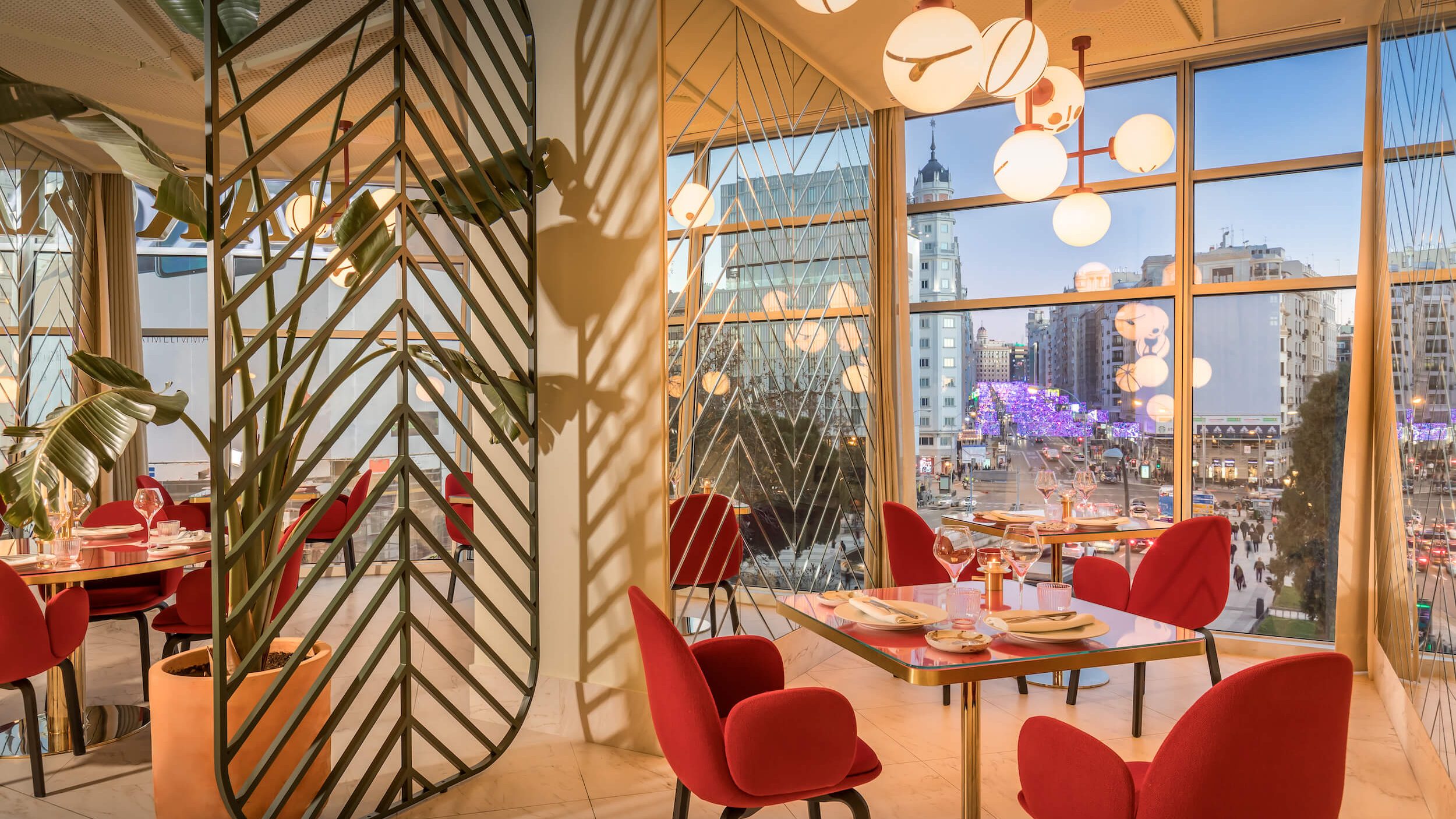Building smart buildings
Designed to be as flexible as they are scalable, the buildings designed by Covivio provide their occupants with optimum connectivity and a tailor-made range of services, for a seamless digital experience.


Eco-construction is a responsible building practice that seeks to reduce the adverse impact of construction on the environment. Eco-construction aims to incorporate materials that respect the planet, maximise energy efficiency and reduce CO2 emissions. It provides a direct response to the climate emergency by creating healthy and sustainable living spaces and promoting a balance between the environment, the economy and social well-being.
To build sustainable buildings, a long-term strategy is essential. This strategy must meet environmental regulations and adapt to the needs of society in order to ensure building longevity and compliance.
From the design stage onwards, every choice is geared towards reducing the ecological footprint through the use of sustainable materials and efficient resource management.
The buildings are also designed to blend in with their surroundings and foster occupant well-being while enriching the urban environment. User comfort and health are also priorities, with an emphasis on thermal comfort and air quality.
Finally, eco-construction promotes flexible and versatile buildings capable of adapting to changes in use, thereby supporting functional and social diversity.
This collaborative approach requires the commitment of all project stakeholders in order to create sustainable buildings.
For Covivio, constructing sustainable buildings means promoting responsible real estate that delivers high levels of energy, environmental and social performance in order to create long-term value for the Company and the community.
For several years now, Covivio has been using digital technology in the design and management of its portfolio. The use of BIM (Building Information Modelling) technology makes it possible to model all the technical data inherent in a building in order to optimise its management. Starting from the design phase, these BIM models, also known as “digital twins”, are being rolled out across all of our most recent buildings.
BIM provides a detailed overview of a building, thereby facilitating coordination between project stakeholders and improving the decision-making process.
BIM enables us to optimise construction lead times and resources, resulting in significant savings.
The BIM approach allows more precise and efficient management of buildings throughout their life cycle, ensuring optimal performance.

Standards and certifications
Covivio uses various certification schemes to guarantee the highest standards while adapting to the specific characteristics of its assets and the markets in which it operates.
Designed to be as flexible as they are scalable, the buildings designed by Covivio provide their occupants with optimum connectivity and a tailor-made range of services, for a seamless digital experience.
Covivio uses various certification schemes and labels to guarantee the best standards by adapting to the specific features of its assets and the markets in which it operates.
The building sector is at the heart of numerous shifts: energy, carbon, ecological, digital, social and societal. As an investor, developer and manager, Covivio operates throughout the real estate life cycle in order to offer ever greener, more efficient buildings capable of meeting the climate challenge.